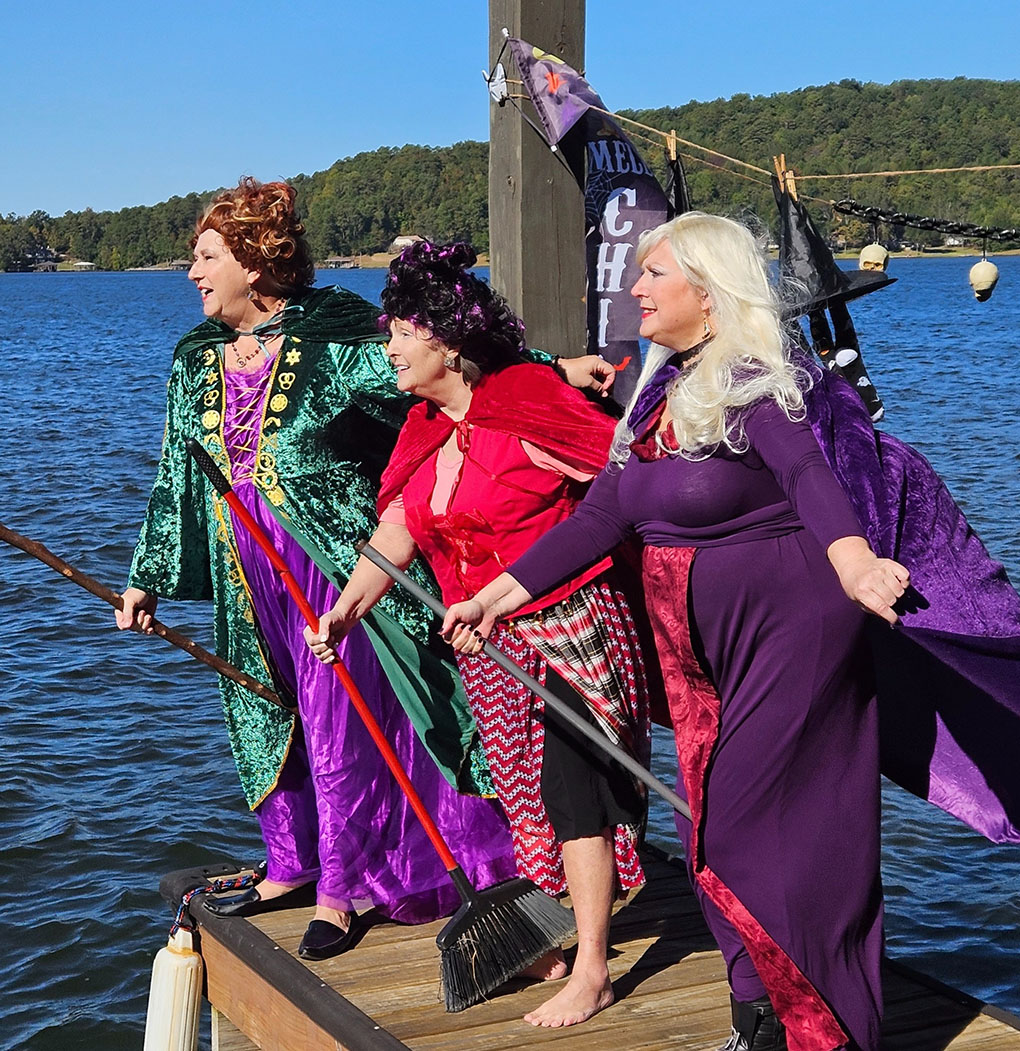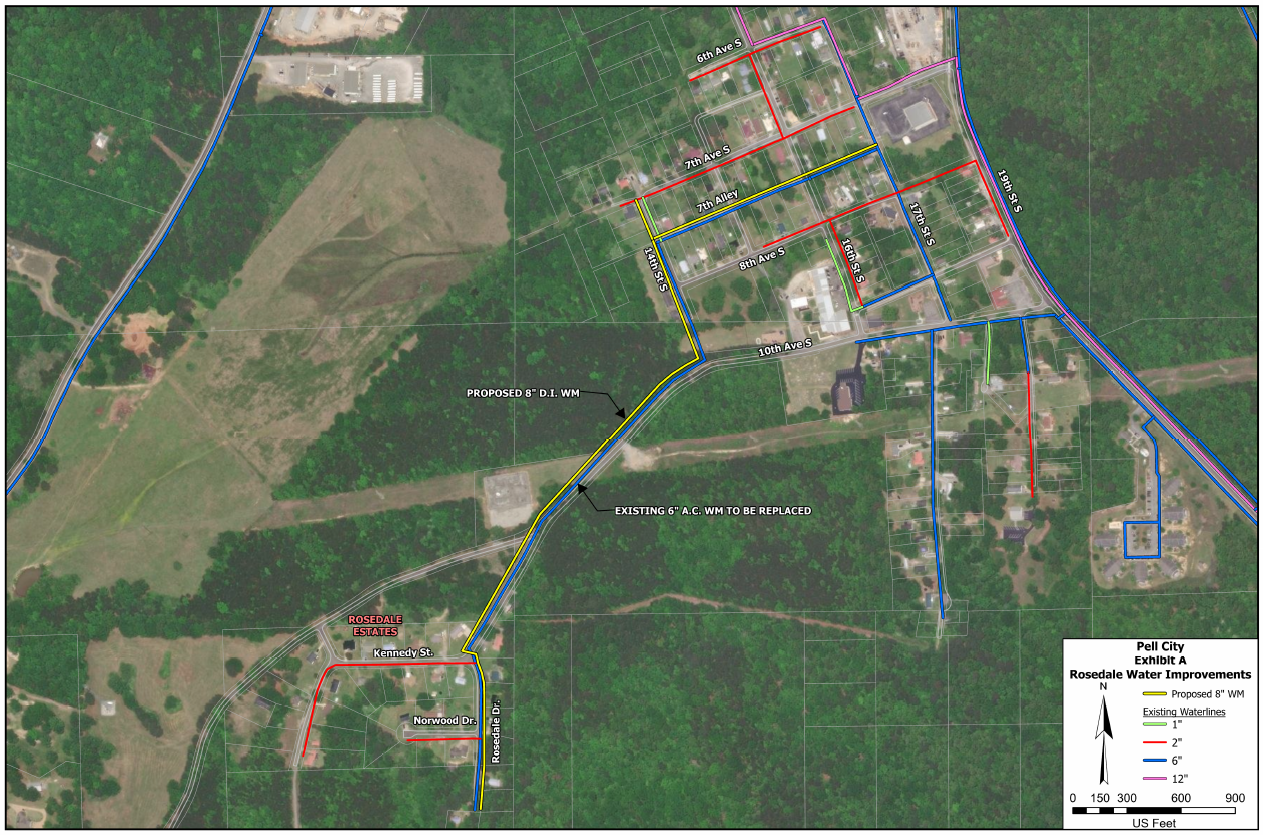Belinda Miller and “Walking the Trail of Tears”
Published 10:52 am Friday, October 4, 2019

- Leeds resident Belinda Miller talks about her journey walking in the footsteps of her ancestors on the “Trail of Tears.”
In the 1830s, Andrew Jackson initiated an “Indian Removal Policy.” Under this new policy, members of the Cherokee, Creek, Seminole, Chickasaw, and Choctaw nations were forced to give up their lands east of the Mississippi River and migrate to Oklahoma.
As many as 100,000 American Indians were forced to leave their homes and walk, taking with them only what they could carry, to the designated area in Oklahoma. More than 15,000 people died on that trek, which started in several states and took different routes. Because of the brutal suffering of these people, those routes became known as the “Trail of Tears.”
Trending
Leeds resident, Belinda Miller was born to a Lakota father and a Cherokee/Irish mother in Decatur, Illinois. She lived with her mother until she was 11 years old. At that time, she was placed in foster care. She was on her own by the time she was 15 and was living and working in Las Vegas by the time she was 18.
Being the child of American Indian parents, Belinda was very interested in the “Trail of Tears.” She was so invested, in fact, that she felt compelled to walk the same path her ancestors had walked 100 years before. She was confident she would learn what kind of woman she was during this grueling journey.
At 56 years old, Belinda knew this wasn’t going to be an easy trek, although the route she chose was “Bell’s Route.” John Bell was the most humane of the leaders who supervised the removal of the Indians, and the trail he took was less harsh than any of the others.
On April 21, 2011, Belinda packed a tent, sleeping bag and other things she might need in a homemade wagon. With everything in place, she set off on what was going to be an incredible three-month journey, tracing the steps of her ancestors on the “Trail of Tears.”
Along the way, she set her tent up in various places like convenience stores, church lawns, and similar “safe” locations. And she determined to walk the entire way. The only exceptions to that resolve were large cities. She would get rides through them rather than staying in what might be a dangerous area.
She started in Fort Payne, Alabama, and walked through Tennessee and Arkansas. When she reached Fort Smith, Arkansas, she turned north and into Oklahoma. When she reached Tahlequah, Oklahoma, on July 3, 2011, this amazing woman had walked 700 miles!
Trending
Describing her adventure, Belinda said, “I experienced cold nights, intense heat, a threat of wild animals, and even a tornado!”
She decided to write a non-fiction book about her experience and eight years after walking the same trail as her ancestors, her book, “Walking the Trail of Tears,” was completed and published.
Belinda said her book “is about the experiences, trials, and education I had, which were all a part of walking the Trail of Tears.” She added, “I met some very interesting people, and my book details my experiences with them as well.”
“I have heard discussion of schools ceasing to teach students about the ‘Trail of Tears,’” Belinda said. “I needed to publish my diary because the ‘Trail of Tears’ is a very important part of American History, and it shouldn’t be forgotten.”
Although “Walking the Trail of Tears” was Belinda’s first book, she is already working on a second book. The new book will be about her experiences growing up, facing hardship and prejudice, and the route it eventually took her on the way to adulthood.
Only about four percent of writers actually finish their books, so I asked Belinda what advice she would give aspiring writers. She reminded me her book was eight years in the making after she had completed her journey. Then she added, “Just don’t ever give up. Keep working at having your work published and believe in yourself.”
“Walking the Trail of Tears” is available on Amazon. In addition, Belinda would welcome having people follow her on Facebook.





